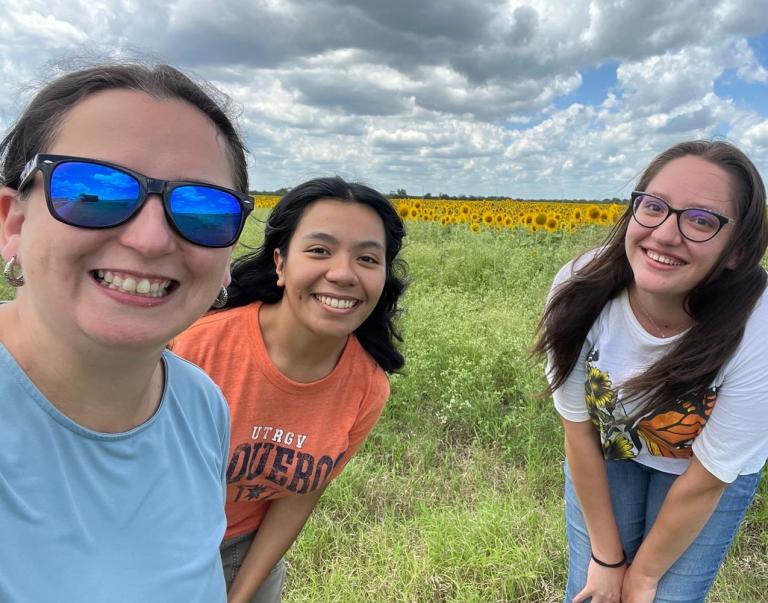Noninsured Crop Disaster Assistance Program (NAP)
Noninsured Crop Disaster Assistance Program (NAP)
This program may have additional incentives or benefits for those who are underserved. Learn more about our terminology.
What is this program?
Provides financial assistance for non-insurable crops to protect against lower yields, crop losses, or lack of crop planting due to natural disaster(s).
|
Managing USDA Agency |
Type of Assistance |
Who Should Apply |
Learn More |
|---|---|---|---|
| Farm Service Agency (FSA) | Natural disaster relief payments | Eligible landowners, tenants, or sharecroppers who produce eligible crops that are affected by a natural disaster | Visit |
How can I use this program?
Access basic coverage equivalent to the catastrophic level risk protection plan of insurance coverage with additional (buy-up) levels of coverage available, if elected by a producer.
Who or what is eligible and what are the eligibility requirements?
Eligible applicants:
- A landowner, tenant, or sharecropper who shares in the risk of producing an eligible crop and is entitled to an ownership share of that crop
- An applicant’s average adjusted gross income (AGI) must be less than $900,000
- For crops with basic catastrophic coverage, NAP payments for an applicant are limited to $125,000 per crop year
- For crops with additional (buy-up) coverage, NAP payments for an applicant are limited to $300,000 per crop year
Eligible crops must be commercially produced agricultural commodities for which crop insurance is not available and be any of the following:
- Crops grown for food
- Crops planted/grown for livestock consumption (e.g., grain, forage crops, native forage)
- Crops grown for fiber (e.g., cotton, flax)
- Crops grown in a controlled environment (e.g., mushrooms, floriculture)
- Specialty crops (e.g., honey, maple sap, seat oats)
- Industrial crops (e.g., manufacturing crops, crops grown as feedstock for renewable biofuel, renewable electricity, or biobased products)
- Value loss crops (e.g., aquaculture, Christmas trees, ginseng)
- Seed crops (where the propagation stock is produced for sale as seed stock for other eligible NAP crop production)
Eligible causes of loss:
- Damaging weather (e.g., drought, freeze, hurricanes)
- Adverse natural occurrences (e.g., earthquake, flood)
- Related conditions (e.g., excessive heat, plant disease)
- The damaging weather or natural disaster must occur during the coverage period, before or during harvest, and must directly affect the eligible crop
Are there any deadlines?
- Application closing dates vary by crop. Contact your FSA State Committee for deadlines.
- To ensure eligibility, complete an application for coverage prior to the application closing date and report crop acreage shortly after planting to meet reporting deadlines and make sure coverage is not lost
- Applicants must complete form CCC-576, “Notice of Loss and Application for Payment,” Parts D, E, F and G within 60 days of the last day of coverage for the crop year for any NAP covered crop in the unit.
Is there anything else I should know?
Beginning, limited resource, socially disadvantaged, and qualifying veteran farmers or ranchers are eligible to receive basic NAP coverage with no service fee and if additional (buy-up) coverage is elected, a 50% premium reduction when they file form CCC-860 to qualify for a “Socially Disadvantaged, Limited Resource, Veteran, or Beginning Farmer or Rancher Certification.”
The CCC-860 form will serve as the NAP application for coverage. If a producer chooses not to participate in NAP, they must opt out on the CCC-860 form.
How do I apply?
Visit your local FSA office with this crop acreage information:
- Name of the crop (e.g., lettuce)
- Type and variety (e.g., head lettuce)
- Location and acreage of the crop (e.g., field, sub-field)
- Share of the crop and the names of other producers with an interest in the crop
- Type of practice used to grow the crop (irrigated or non-irrigated)
- Date the crop was planted in each field
- Intended use of the commodity (e.g., fresh, processed)
Find your local FSA Service Center.
AskUSDA
One central entry point for you to access information and help from USDA.
AskUSDA.gov | askusda@usda.gov | 1-833-ONE-USDA
Ask a Question
Page last updated: May 2, 2023


